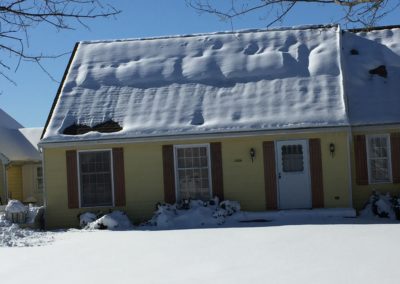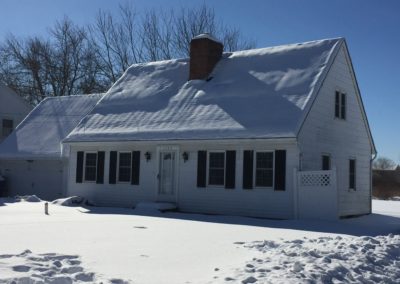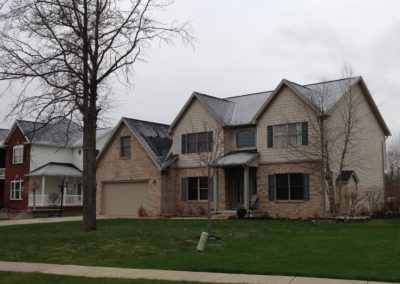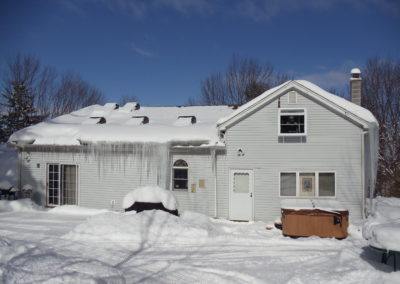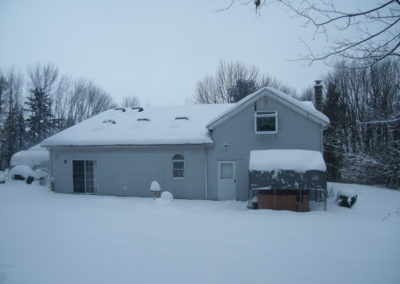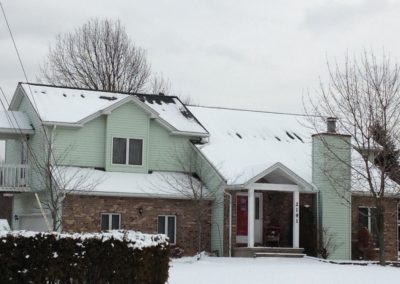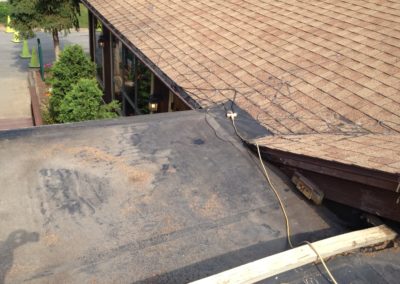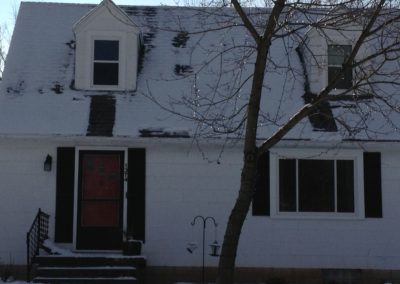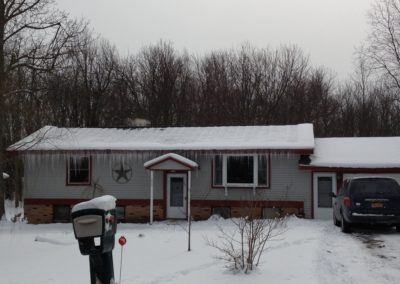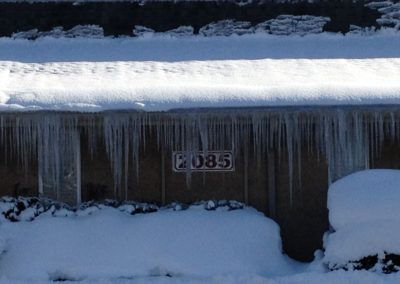Residential Insulation Solutions
Energsmart offers residential insulation for both new and existing homes.New Build Homes
For New Builds in western New York, our foam products are ideal due to their air sealing nature. They provide comfortable and efficient homes every day of your home ownership.
- Open cell or closed cell foam will work in almost all portions of your home, but our sales professionals can help you decide which product is best for your particular home and budget.
- Our midgrade product, cellulose, is sometimes recommended in certain attics to help create favorable paybacks on your investment while still maintaining comfort year-round.
The NYS Energy Code was updated in 2016 and now requires stringent tightness standards and testing for homes. Spray foam helps home owners meet these requirements with ease. The professionals at Energsmart also provide any blower door testing or other certifications now needed for new homes.
Existing Homes
Most homes built before 1970 have little to no insulation. Homes built between 1970-2000 typically were not built with enough insulation. Like new builds, all of our products can be used in an existing home, though there are limitations.
- Basements and basement rims are limited to spray foam. In rims we can use closed or open cell foam, but for any below grade applications, closed cell foam is recommended.
- Above grade walls with existing insulation are difficult to add insulation to in a cost effective manner. If walls have very little insulation, Energsmart can usually install dense packed cellulose to minimize air currents in the wall and provide additional R-value. Houses built after 1980 usually have too much insulation to add more. In homes with very little or no insulation in them, our retrofit foam can be used. This is a slow rise open cell foam that creates an air sealed wall cavity.
- Attics can use any of our insulation products. When spray foam is used it can be installed directly to the underside of roofs with no ventilation needed. An ideal solution for older homes with no roof or soffit vents.
Severe insulation deficiency.
All of the low spots in the snow are due to melting from inside heat, which is not ideal. Cape style homes in our area are typically underinsulated and very difficult to ventilate. Spray foam eliminates these issues.
Severe insulation deficiency.
All of the low spots in the snow are due to melting from inside heat, which is not ideal. Cape style homes in our area are typically underinsulated and very difficult to ventilate. Spray foam eliminates these issues.
Severe insulation deficiency.
All of the low spots in the snow are due to melting from inside heat, which is not ideal. Cape style homes in our area are typically underinsulated and very difficult to ventilate. Spray foam eliminates these issues.
This home has fiberglass.
The area over the garage has an icicle to the ground every winter. The area has no bottom side ventilation since it is a valley. Spray foam would’ve eliminated the issue and made the home far more efficient.
Swiss cheese snow pattern.
Snow melt doesn’t look like this unless there are huge gaps in the insulation. The areas with no snow have no insulation.
Typical snow pattern on underinsulated roof.
When you see roof surrounded by snow in this pattern it is typically a cathedral or other sloped ceiling with only 5.5” of space between the drywall and the roof. Heat loss with fiberglass in that small of a cavity is extensive. Foam is much more effective and we can typically fix this in an existing home.
Energy-wasting, ineffective melt wires to prevent ice buildup in winter.
Ice is a sign of wasted energy, but the electricity needed for these melt wires wastes even more! Spray foaming the attic would get rid of the ice and eliminate the need for these wires (which often don’t work anyway).
This house is missing insulation in two attic cavities.
Can you guess which two are missing insulation?
This house has little to no insulation.
When you see the depth of the snow around the three edges of the roof being so different from the depth in the middle of the roof, you’ve got serious heat loss. It looks cool, but the gas bills for this house are likely not a laughing matter. To add insult to injury, this house is probably an oven in the summer.
Another good example of very little insulation and no ventilation.
A roof like this that butts up against another roof cannot be effectively ventilated. The beauty of using foam is that its air seal and efficiency don’t require ventilation. Building Code also allows foam to be installed without ventilation.
Request a quote
Ask a question
Leave a comment
Call Us:
1-888-WNY-FOAM (969-3626)
(716) 775-8035
(716) 775-8057 fax
Mailing Address:
Energsmart Foam Insulation
483 Sawyer Avenue
Tonawanda, NY 14150


